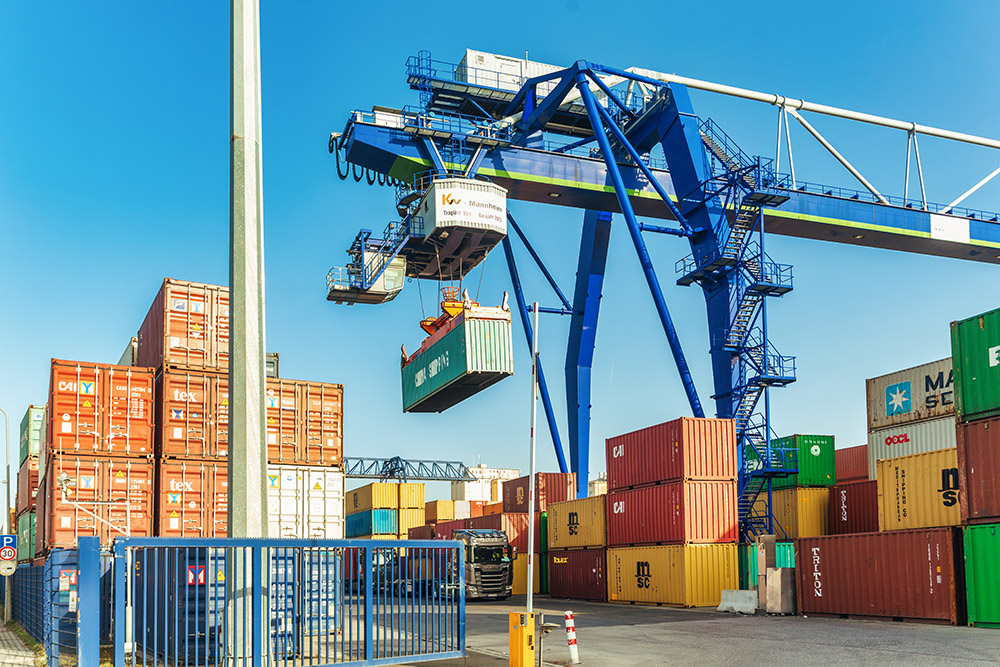Freight Greenhouse Gas Calculator

The Transport sector plays a key role in the economic development of a country. However, it generates a high direct demand for fuels with a significant contribution to greenhouse gas (GHG) emissions. In 2020, an estimated 40% of the final energy use in the Indian transport sector was related to freight transport. With increased energy demand in tandem with economic progress, the need to develop sustainable transport practices becomes even more significant.
The transport trajectory in India has been marked by a higher dependence on road transport (around 71%) in recent years shifting away from the rail network, which, unfortunately, is the least energy-efficient and environment-friendly mode compared to others. The social cost, consequently, in terms of environmental degradation is much higher.
Switching from a high carbon intensity mode to a lower one can have significant impacts on the overall emissions and energy consumption, given the transport infrastructure and network. Alternatively, other sustainable technologies and operational strategies are also available to reduce the associated emissions. Depending on the modal choice in addition to vehicle efficiency and technology, the transport sector provides an excellent opportunity to curtail the long-term impact of emissions with appropriate information and incentives.
The web-based user-friendly Freight GHG Calculator enables users to make an informed and sustainable modal choice decision. The calculator helps users in estimating the emissions and costs on account of the movement of freight through different transport modes. It calculates and compares movement by road, rail, inland waterways and air for different commodities, for both GHG emissions and total freight cost, including the environmental cost.
The Freight GHG Calculator quantifies and monetizes the environmental impact of freight transportation in India. The calculations are undertaken for the entirety of the transportation process where the emissions are quantified on a Well-to-Wheel (WTW) basis. The tool compares the emissions for freight transported by rail, road, inland waterways, and domestic air. It also considers the multi-modal transportation of goods.
As part of the project, TERI also supported the Indian Railways and The Centre for Railway Information Systems (CRIS) to implement Rail Green Points and passenger transport-related emission quantification.
